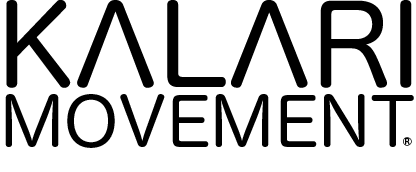Kalari Glossary Terms
Abiyassi = The practicing one, one who makes continuous repetition of movement. A person that practices Kalari is called an abiyassi.
Dharana = Single Pointed Focus
Drishti = A single physical point at which one focuses on during the practice. This can be anything, a dot, groove in the wall or floor, a rock, take your pick just look at it as you practice. It can change as you move through the practice but its good to always have a drishti.
Trataka = Fire Gazing; typically this is done by looking and focusing on the flame of a ghee lamp. Its said to have healing powers to strengthen the eyes and cleanse the liver.
Lohar= Dynamic Warm-up exercises from the Buddhist Kalari tradition, consisting of a calisthenics, stretching, cross-patterning movements and more. There are nearly 100 different Lohars.
Surya Namaskara = is Akin to Yoga Sun Salutation and can be used as a warm-up at the beginning of class or a cool-down at the end.
Kalugal= Leg-swings; Leg-swings are practiced to create flexibility for the back and legs, over all balance and strengthen the internal and external core/abdomen.
Nere = Straight
Vide = Outside
Akam = Inside
Kon = Cross
Tidichi = Pendulum
Vadivu= Animal Postures These postures can be performed static or moving; they are also pieces of the long forms. A beginner would first learn some of these prior to learning a form. The postures were learned by observing and mimicking the animals they represent. Each has a shamanic undertone, specific purpose and aspect to them.
Ashva = Horse
Simha = Lion
Gaja = Elephant
Matsya = Fish
Mayura = Peacock
Marjara = Cat
Kukkuda = Rooster
Varaha = Boar
Sarpam = Snake
Northern Forms: These forms range from one to several minutes for completion. They can be used and practiced for various reasons some include; stamina, speed, flexibility, agility, calorie burn, strength, focus, balance and therapy.
Kalari Vandanam Puthara; Salutaion Form; Is the first form a student will learn
Kalari Vandanam; Same as KVP with slight variation
Meippayat – a roller coaster ride of body movement; high, low, leg swings, jumps.
Pilaitangi – a low, linear, grounding and powerful movement
Parkachakkal – very similar to Meippayat
Tangum – has distinct similarities to the previous forms; but it is more difficult.
Weapons: Are used in choreographed forms to increase focus, body control and to learn to move dynamically with a partner. They are also brain food, full of cross patterning and choreography; once learned they become quite fun and addictive. *In our Kalari Movement setting we DO NOT spar there is NO intention and NO reason to strike the body of the your partner; We feel the wellbeing and health of the practitioners is of the most importance.
Kettukari= Longstick
Cheruvadi = Short Stick
Katara = Dagger
Kuntham = Spear
Val = Sword
Paricha = Shield
Otta = Horn Shaped Stick
Urumi = Flexible Sword
This is not a full glossary Kalari terms. We will continue to make additions as time goes on.
